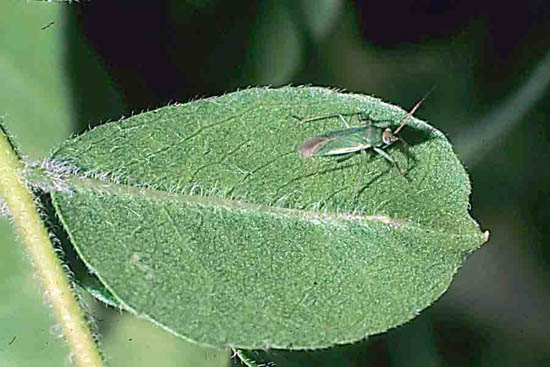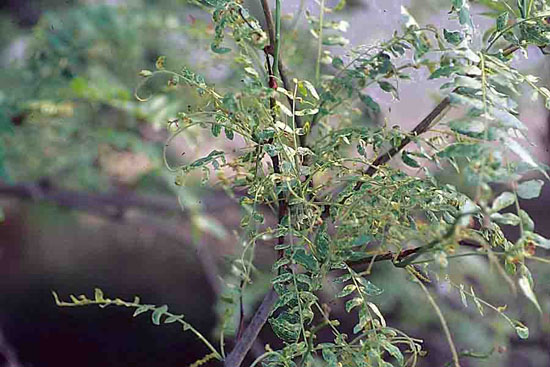Issue 9, June 19, 2009
Scouting Watch
Japanese beetle adults were reported in Urbana on June 16. High numbers are yet to be observed. It is still too early to see how large the emergence will be this year in central Illinois.
Honeylocust plant bug is causing heavy damage in some areas of the state. In northern Illinois, the insect is still in the nymphal stage, so an insecticide spray of carbaryl (Sevin), acephate (Orthene), or a pyrethroid such as cyfluthrin (Tempo), permethrin (Astro), or bifenthrin (Onyx, Talstar) should still be effective. In central and southern Illinois, this insect is in the adult stage which flies readily between trees and causes less feeding damage, making control efforts less useful.


Honeylocust borer adults are being found throughout the state. It is similar in size to bronze birch borer and emerald ash borer and causes similar damage, but to honey locust. It tunnels in the cambium and emerges through one-eighth inch wide, D-shaped holes. It not only attacks honey locusts dying from another cause, but can attack relatively healthy honey locusts in landscapes. Annual imidacloprid (Merit) drenches to bare soil within two feet of the trunk will provide control.--Phil Nixon
Author:
Phil Nixon